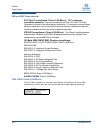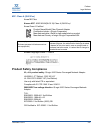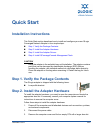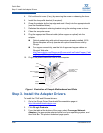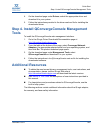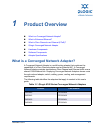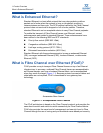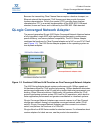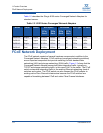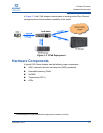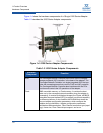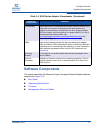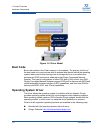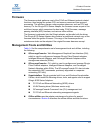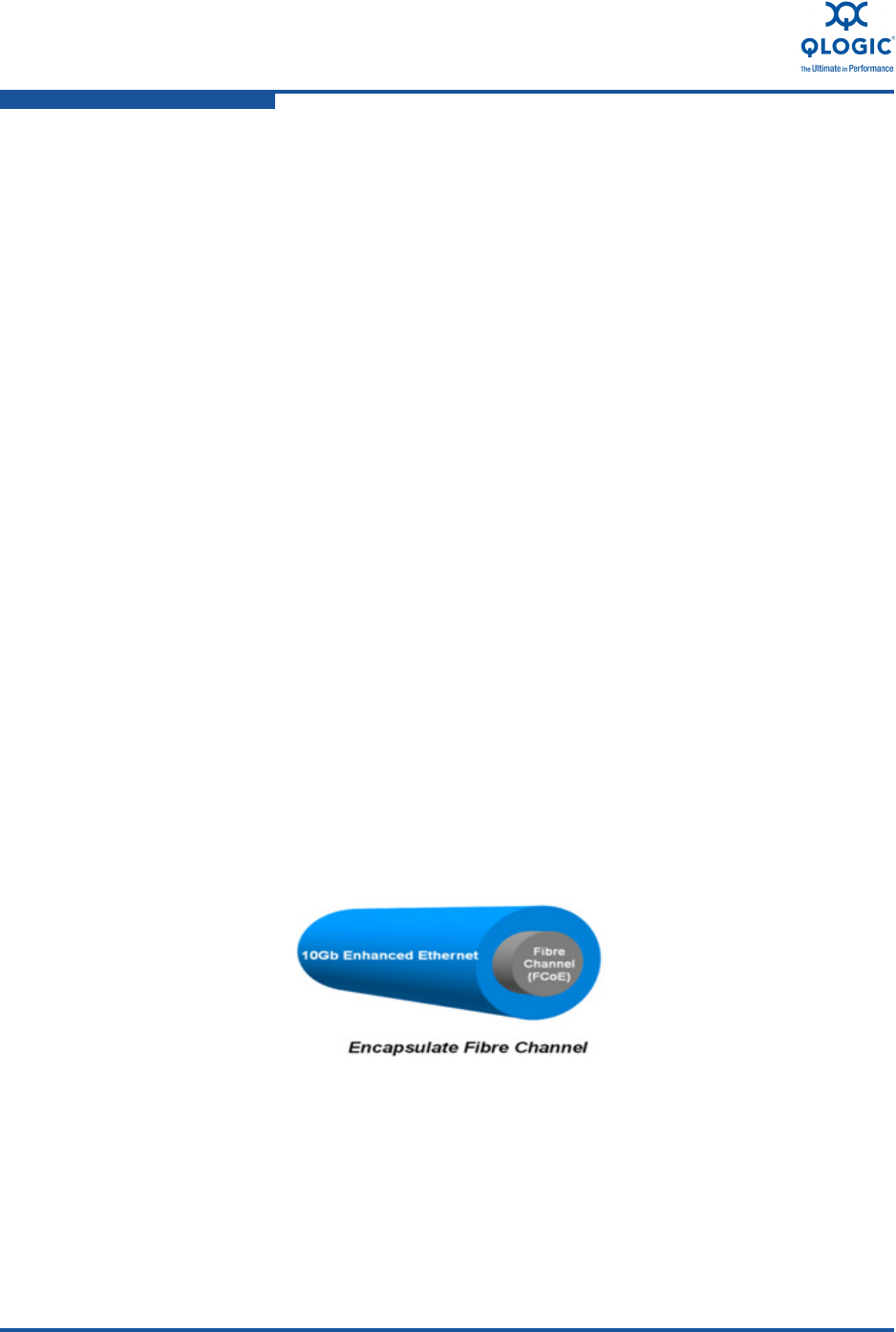
1–Product Overview
What is Enhanced Ethernet?
1-2 FE0254601-00 A
What is Enhanced Ethernet?
Standard Ethernet is a best-effort network that may drop packets or deliver
packets out of order when the network is busy or congested, resulting in
retransmissions and time-outs. The SCSI payload carried by the Fibre Channel
protocol does not react well to dropped or out-of-order packets. Therefore,
standard Ethernet is not an acceptable choice to carry Fibre Channel payloads.
To enable the transport of Fibre Channel frames over Ethernet, several
enhancements were added to standard Ethernet. These enhancements have
been ratified in the following IEEE and IETF standards:
Priority flow control (IEEE 802.1Qbb)
Congestion notification (IEEE 802.1Qau)
Link layer routing protocol (IETF–TRILL)
Enhanced transmission selection (802.1Qaz)
Standard Ethernet with these enhancements is known as enhanced Ethernet
(EE), converged enhanced Ethernet (CEE), lossless Ethernet, or data center
Ethernet (DCE).
What is Fibre Channel over Ethernet (FCoE)?
FCoE provides a way to transport Fibre Channel frames on top of an Ethernet
infrastructure. In summary, unaltered Fibre Channel frames are encapsulated in
an Ethernet header, sent over a lossless Ethernet fabric, and unencapsulated
when they reach the target (Figure 1-1). Because protocol conversion tables and
state tables are not required, FCoE is considered to be a gateway-less
technology.
Figure 1-1. Encapsulated Fibre Channel
The FCoE architecture is based on the Fibre Channel protocol, and provides the
same host-to-switch and switch-to-switch connectivity as Fibre Channel fabrics.
FCoE also provides the same level of management and security found in Fibre
Channel through the use of zoning and port worldwide name-based port security.



